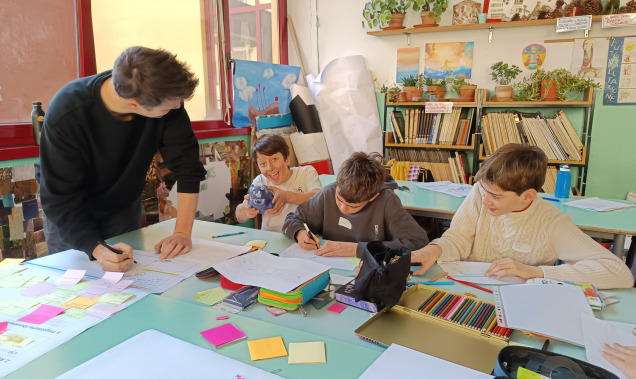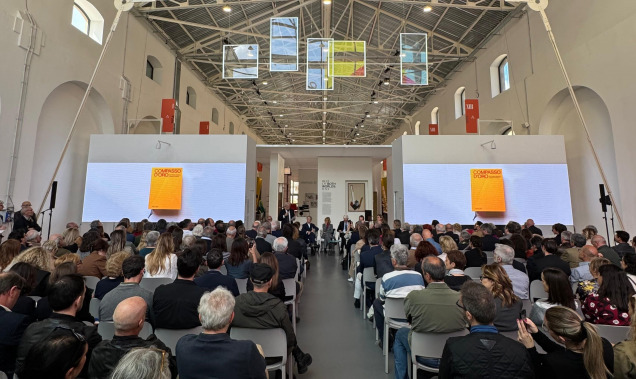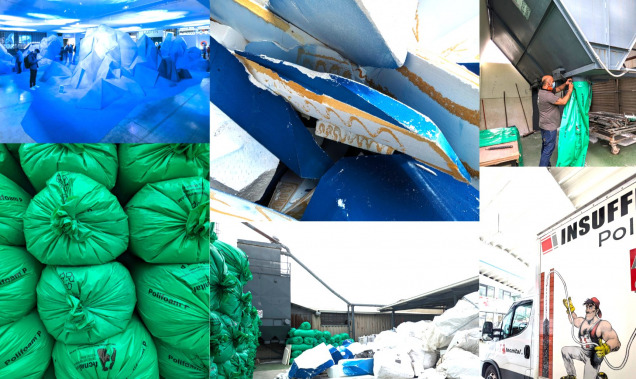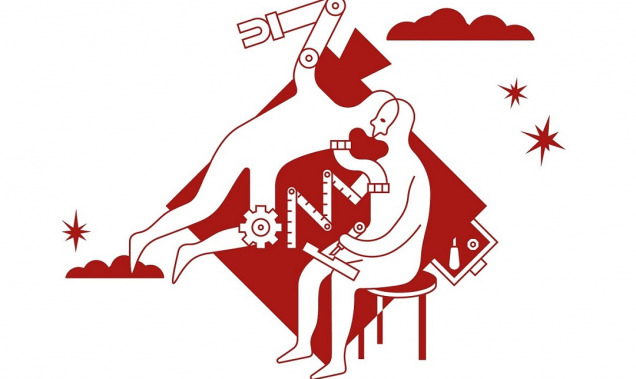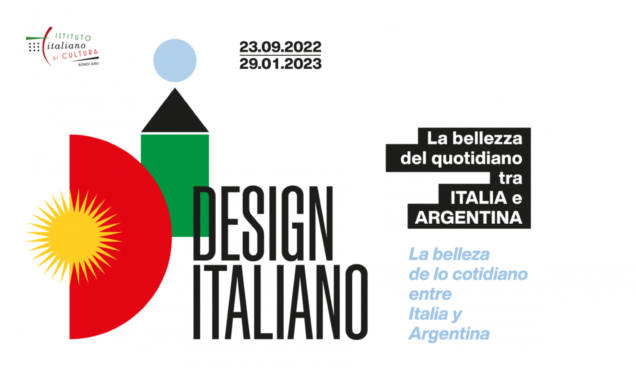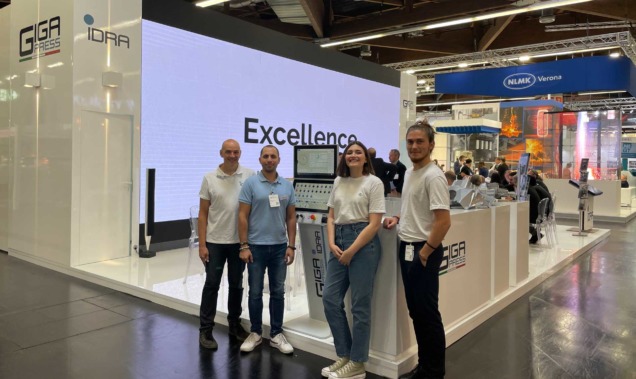Workshop: Smart Objects
In November 2014, Design Group Italia’s IoT Lab hosted a workshop in the DGI office for hacking objects to make them smart. Our special guests were the Dquid team, a company from Reggio Emilia who ran for the Smart and Disruptive Companies 2015 award for MIT Technology Review Italia. They developed a board called DQuid IO, a small electronic board that can be used to prototype and create connected objects. It is equipped with a Cortex AM0+ microcontroller, Bluetooth modules, NFC, and analog/digital input-output. The DQuid IO can be physically plugged into an object, using its digital-analog interfaces and then connecting to a mobile device through the Bluetooth connection. The DQuid IO implements a Plug, Tag, & Share approach that can; connect every object with DQuid IO, assign a new digital identity, and share information with users and developers. The Dquid team gave a brief explanation of how the technology works and some examples of objects that have been connected to the Internet to augment their functionalities. Then, Design Group Italia’s team worked hands-on with the board to create three prototypes.
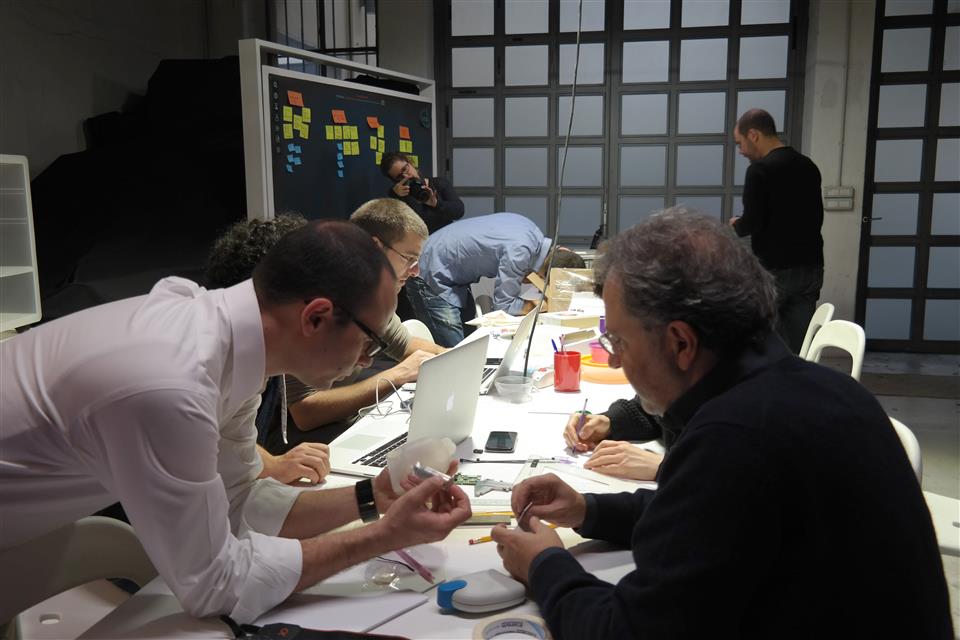
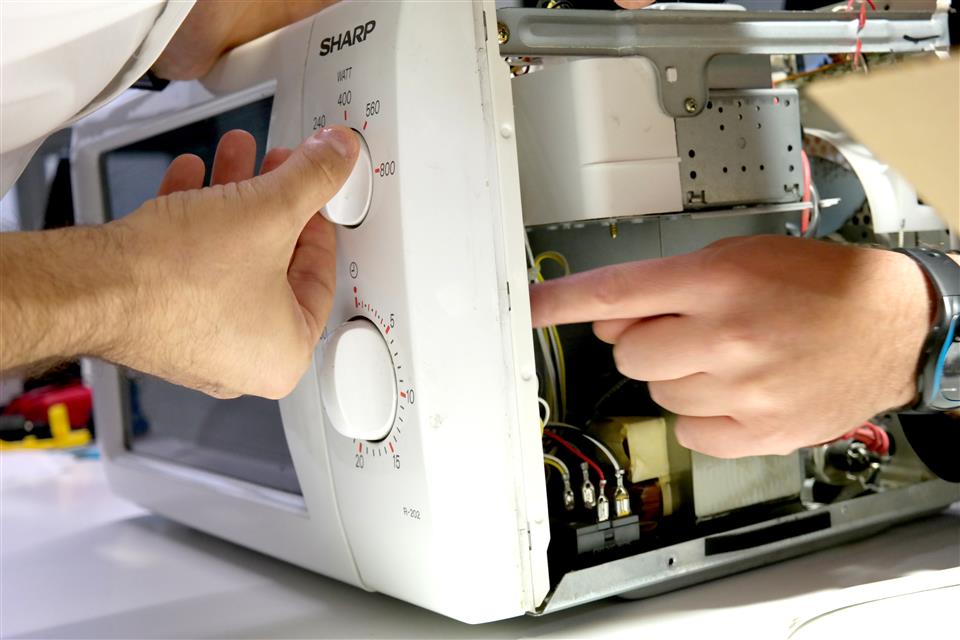
Connected Microwave
The team took apart an old analogic microwave from Design Group Italia’s kitchen and installed a DQuid IO inside. The team was able to operable the microwave by using a smartphone. It was possible to turn the microwave on or off via Bluetooth through a custom-made app.
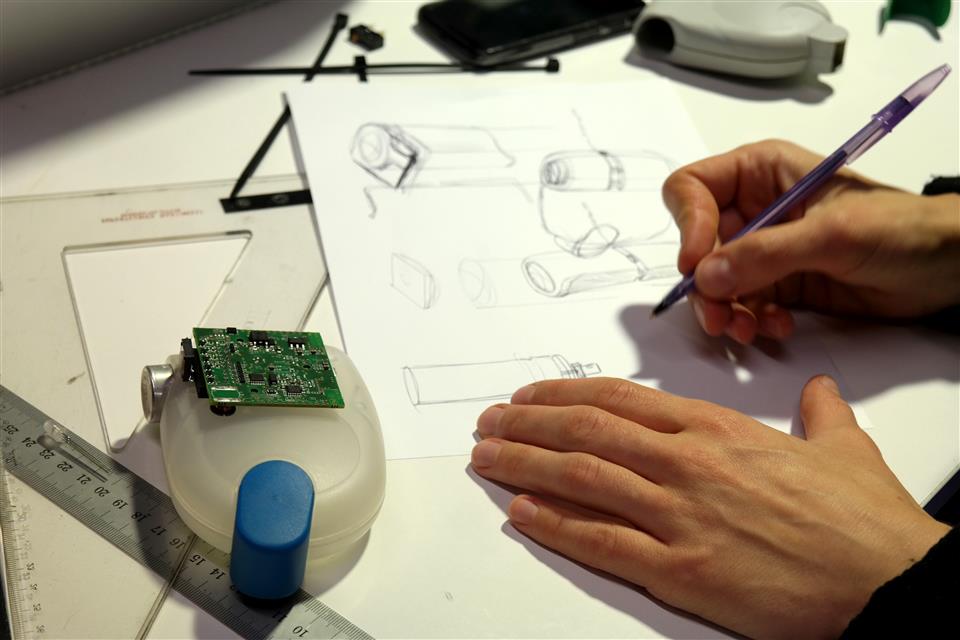
Inhaler retrofit
The JET inhaler, designed by Design Group Italia for Chiesi in 1990 was retrofitted with a Dquid IO board to communicate important aspects of its usage to a smartphone. The Dquid IO logged a file that showed how often the inhaler was used. It also had an inhalations counter, checked for compliance, sent notifications if the medicine was running low, and had a sensor to check if the user had shaken the inhaler enough before use.
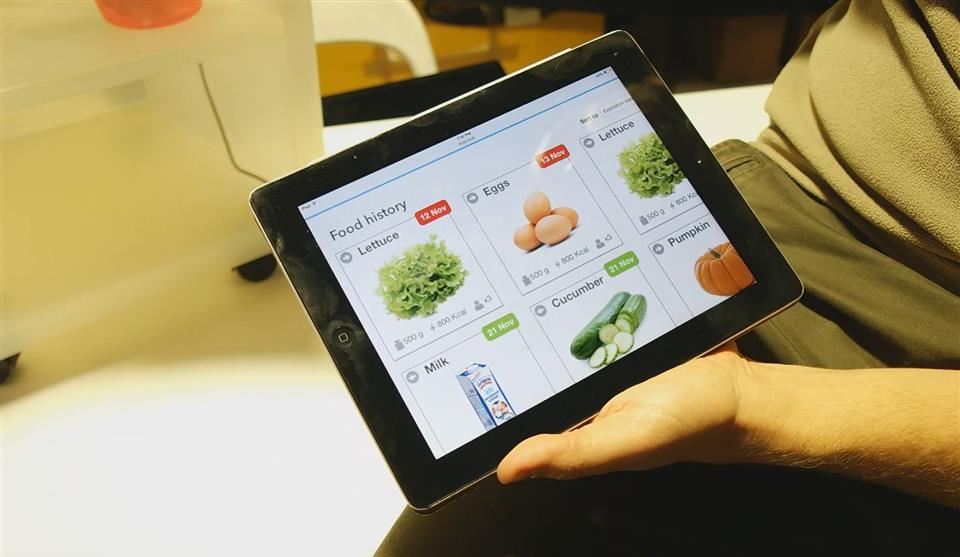
Smart fridge
A Fridge (simulated with a plastic cabinet) was fitted with an RFID reader. This allowed the fridge to be aware of what tagged foods were placed inside. The information was passed through AZURE, a cloud computing platform from Microsoft. The system was able to replicate the fridge shelf in any browser. A simple calendar app was quickly assembled to notify users if the food was expiring.
